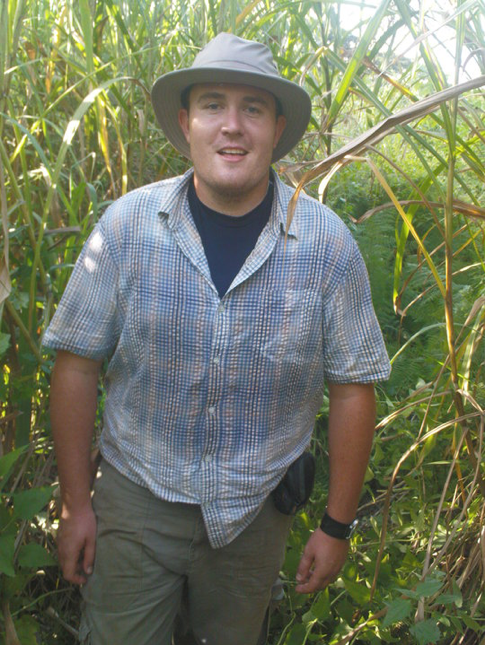2019 Peter Howe Bursary Recipient

James Kidder
PhD Candidate, Queen's University
The decreasing discovery rates of large, near surface ore bodies is forcing explorers to consider non-traditional search spaces, including increasingly deep targeting or areas of significant post-mineral cover. To meet this challenge, explorers need new geochemical tools. This project aims to aid exploration through the development of a suite of high confidence hydrogeochemical vectors for targeting as well as a series of guidelines for hydrogeochemical mineral exploration.
Read More
Research will utilize trace element geochemistry along with stable and non-traditional isotope geochemistry; including the characterization of δ34S, δ18O, 87Sr/86Sr, δ98Mo, and δ65Cu of natural groundwaters collected from deposits in two world-class metallogenic belts, including: (1) The Central African Copper Belt (Zambia); and (2) The Domeyko Fault System (Chile). Achieving this will involve the development of new methods for Cu separation from complex groundwater matrix at low Cu concentrations.
This study will also characterize the hydrogeochemical footprints from many Cu deposit types (porphyry, epithermal, exotic, IOCG, and Sediment-hosted) in varied geological and hydrogeochemical settings as well as model the thermodynamic and kinetic controls of the rock-water interactions that govern element mobility. Ultimately the results from this project will contribute to further the understanding of element behavior in low-temperature hydrogeochemistry systems.